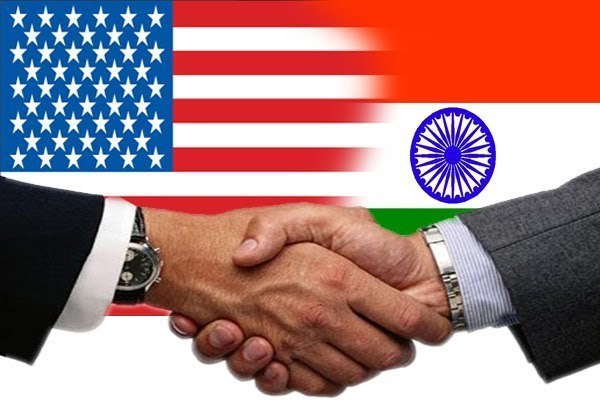Logistics Exchange Memorandum of Agreement
LEMOA or Logistics Exchange Memorandum of Agreement is another name for Logistics Support Agreement (LSA), an agreement the US has with many of its allies. But this has been especially tailored for India, following negotiations for over a decade.
LEMOA allows each military to avail logistics support facilities — fuel, spare parts, mechanics, etc. — of the other while on joint training, Humanitarian Assistance and Disaster Relief (HADR), and port calls. The agreement lays out the procedure for billing for these facilities as part of a larger accounting transaction, and details are contained in the clarifying protocols annexed to LEMOA.
Under LEMOA, while Indian logistics support will be available to the US military, Indian armed forces will benefit from access to a large number of US military bases globally, particularly while undertaking HADR missions in a diaspora crisis. It will allow India to respond promptly to emerging situations or humanitarian crises, and will expand Indian military’s operational environment globally.
Once signed, India and the US will be able to share their military facilities whenever required.
This will lead to enhanced military-to-military cooperation especially in joint exercises, training and humanitarian assistance and disaster relief.
LEMOA is one of three foundational agreements that US signs with countries that it recognises as ‘priority defence partner’.
The US had been pushing India to sign this pact along with the Communications Interoperability and Security Memorandum of Agreement (CISMOA) and Basic Exchange and Cooperation Agreement for Geo-spatial Cooperation (BECA) for deeper defense and strategic ties.
The US is now India’s largest defence partner with sales reaching over $13 billion.
The US and India inked a defence deal in July worth $1.1 billion under which India will be procuring four additional Poseidon-8I long-range surveillance and anti-submarine warfare aircraft over and above the eight that Indian Navy already possesses.
Major Defence partner
The US has recognized India as a Major Defence Partner (MDP). This follows a long-standing Indian demand to provide predictability and transparency in the US system that approves transfer of military equipment and technology. MDP is not an established category, and this nomenclature has been especially created for India, because a legislative amendment to bring a change in India’s status would have been a long-drawn and difficult process.
White Shipping Agreement
The countries signed the White Shipping Agreement (WSA) which enhances their maritime domain awareness and fits in with the Maritime Security Dialogue, the only 2+2 dialogue that India has with any country.
The WSA establishes an information network protocol that allows the two navies to exchange information about ships in their waters. Ships are usually classified into white (commercial ships), grey (military vessels), and black (illegal vessels). After signing the WSA, the two sides will be able to exchange information about white ships, which may not be known to the other side. The Navy’s Information Management and Analysis Centre (IMAC) at Gurgaon will be the nodal centre for WSA.























